EuroVelo from France to Germany
After finishing our tour of England in Dover, we took a ferry to Dunkirk and rode the coastline of the North Sea. This part of Europe is extremely flat and world renowned for its cycling infrastructure, so we were able to make good progress through Belgium, the Netherlands, and Northern Germany. The scenery of the North Sea Cycle Route can get monotonous at times, but we were quickly won over by the prevalence of cycling paths and the beautiful cities along the route.
Route
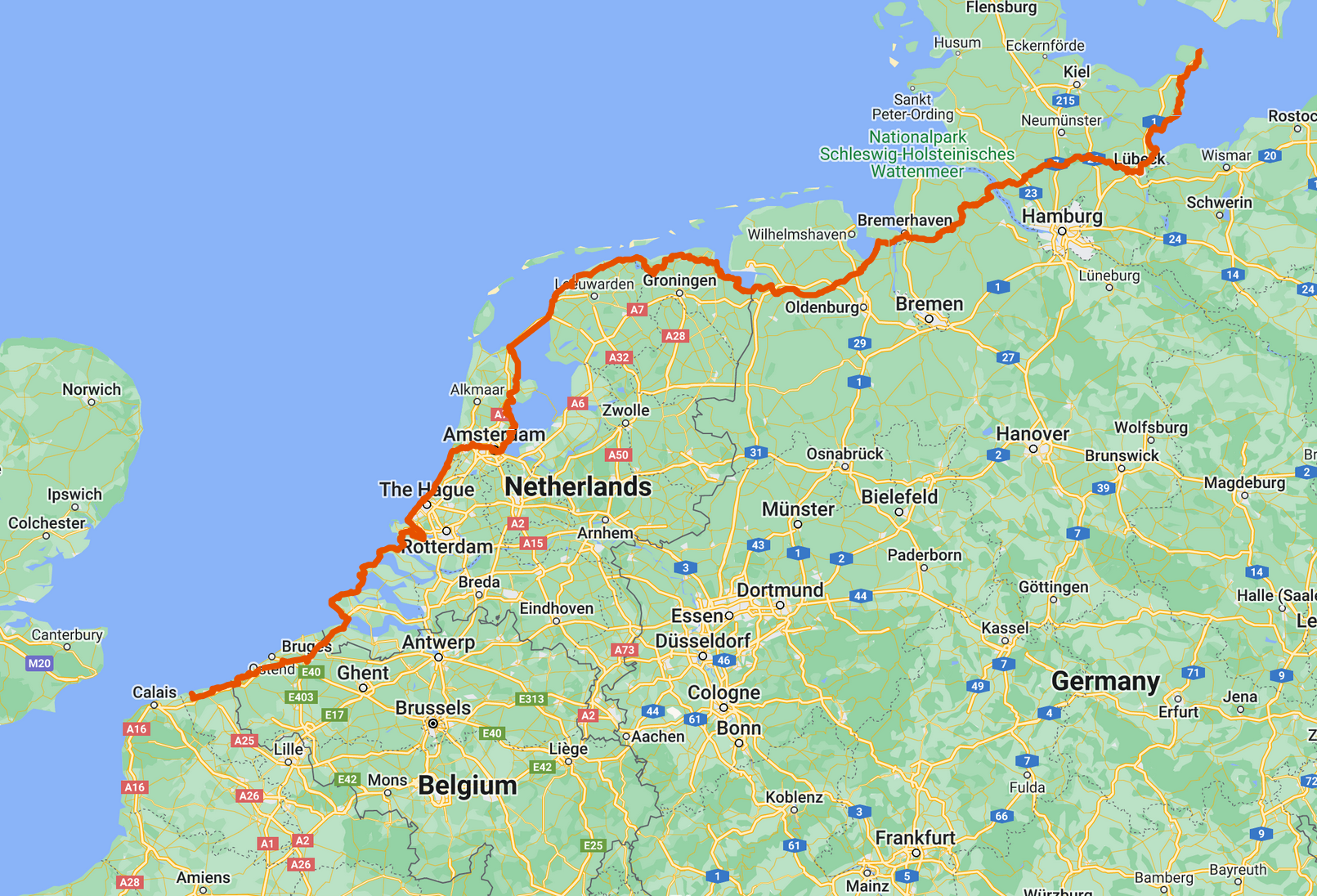
Download the GPX track for our route on the North Sea Cycle Route. NOTE: This is not a polished route and is intended for research and planning purposes only.
A Brief Return to France
While we were only in France for about a day and a half, we immediately remembered how much we loved the country. First order of business was buying a two euro bottle of rosé to go with dinner. Cheap wine in France is really on its own level, and it’s so delicious to the point of being a little dangerous. We also wanted to go to a bakery, but sadly we were going through town during lunch time and they were all closed. The disappointment at finding a bakery closed for lunch is kind of a big part of the French experience though, so we couldn’t be upset for too long.
We rode along the beach pedestrian area in early evening, which was very lively with families on vacation. It was such a stark difference from England, where there’s not as much outdoor dining due to the frequent bad weather.
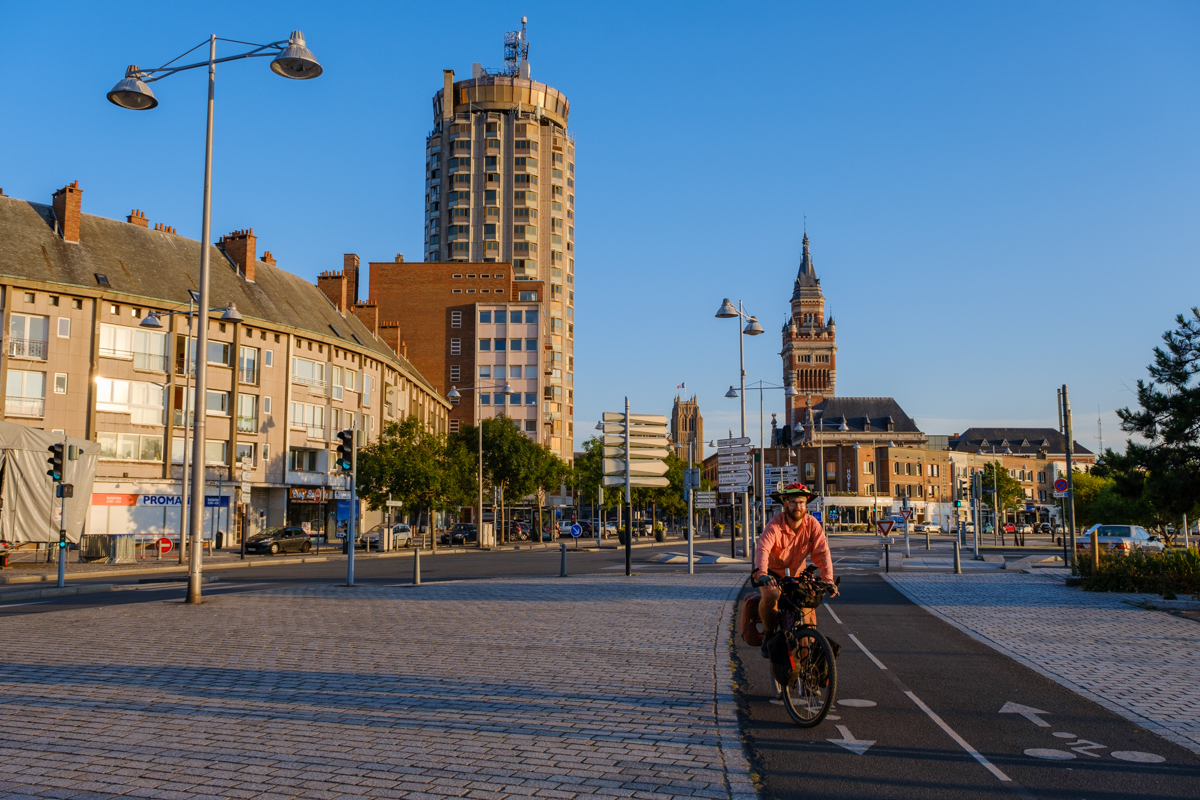
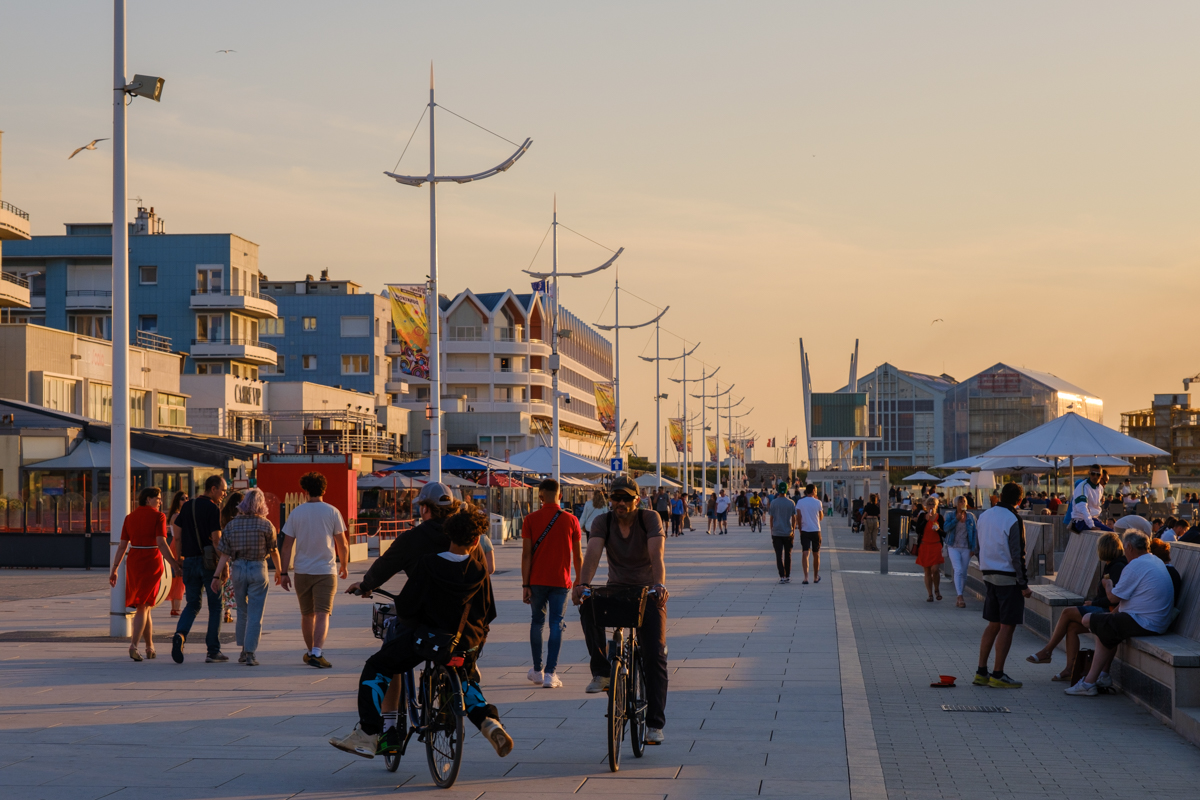
Belgium
We were in Belgium for about 4 days, and we tried our best to get our fill of Belgiun beer while we were there. Belgium has fantastic cycling paths, and it was easy to travel by bike in pretty much any direction. The routes were well signed and there were tons of people using the paths to go to the beach, out to eat, or run errands.
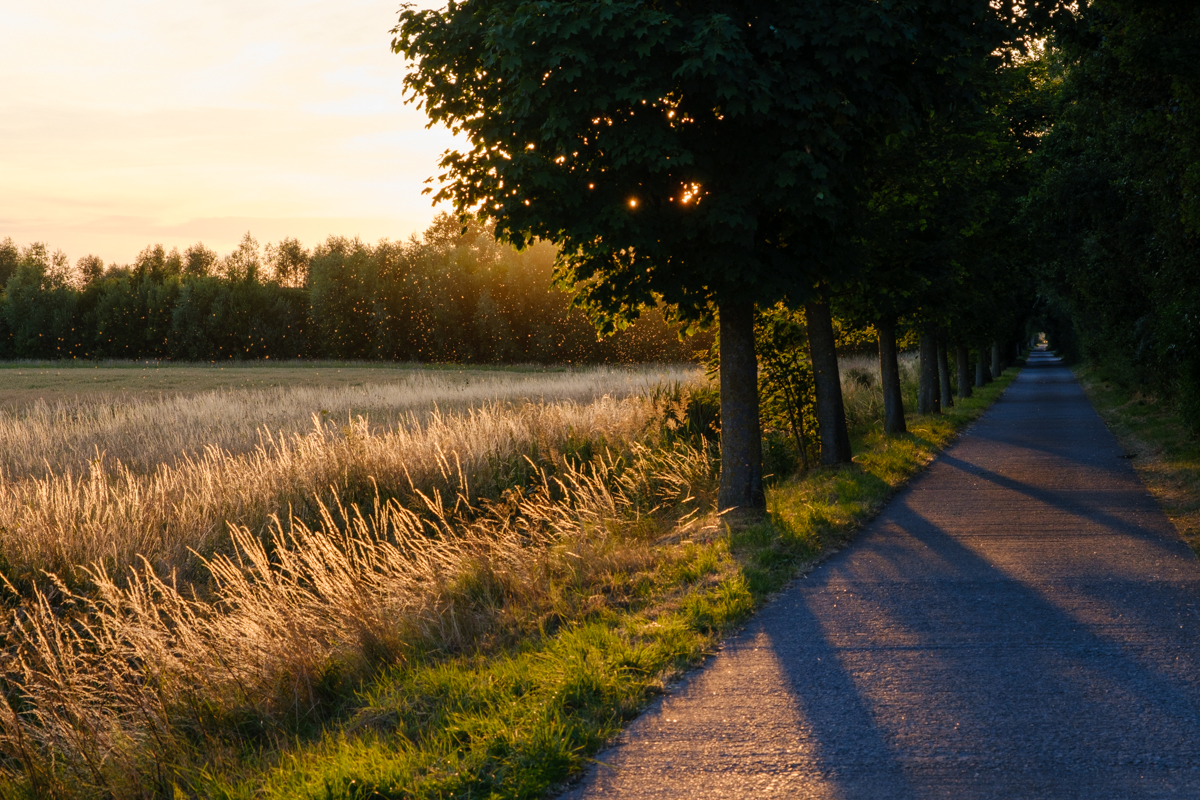
We decided to stay in Bruges for a day, because we’d heard a lot about it and are also big fans of the movie In Bruges. Our rest day happened to coincide with a major heat wave, so we were glad we’d sprung for a hotel with air conditioning. It was over 100 degrees, but we still took some walks around town to check out the canals and picturesque buildings. This was the second major European heat wave we’d experienced, the first being in France the previous summer.
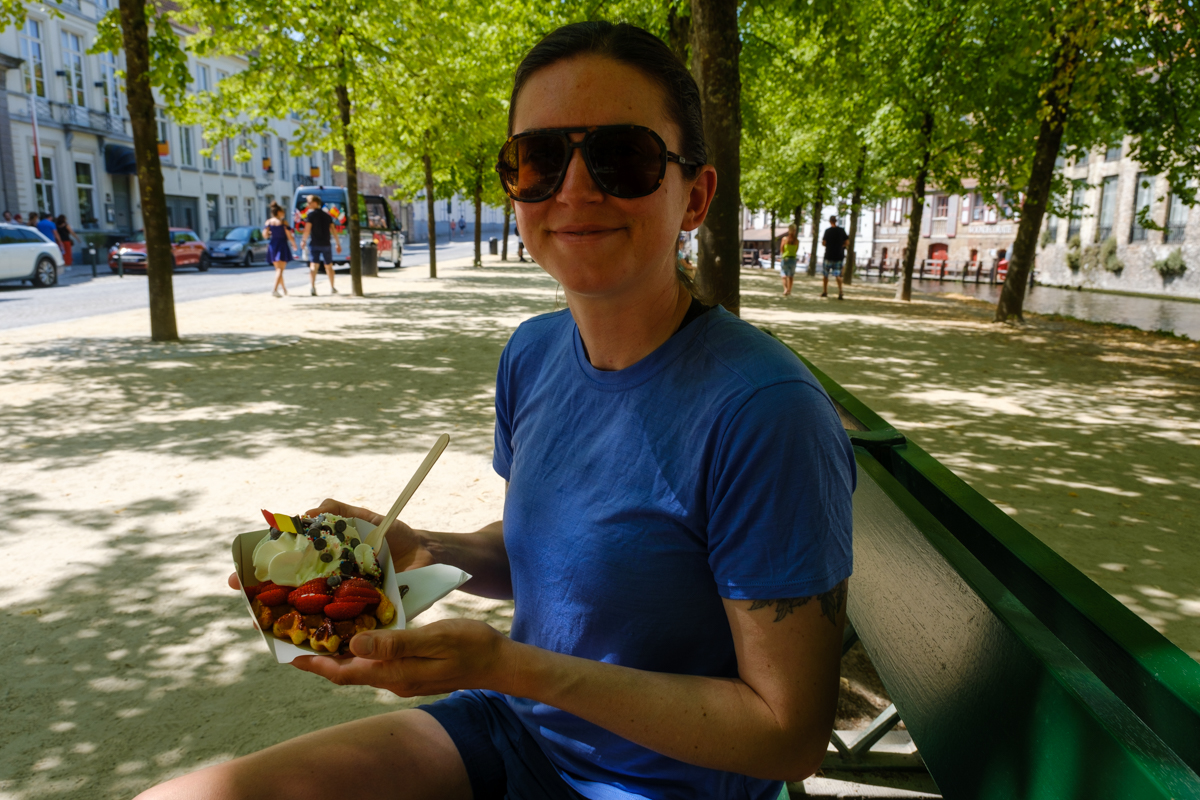
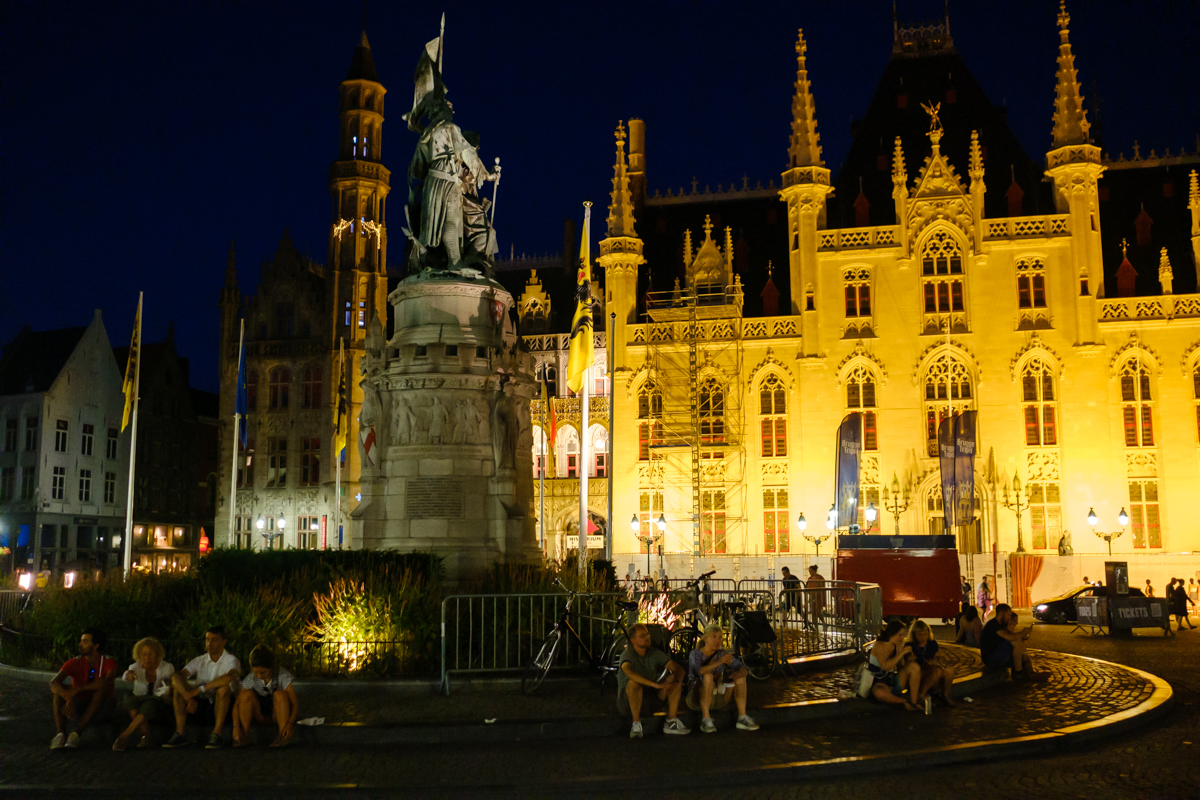
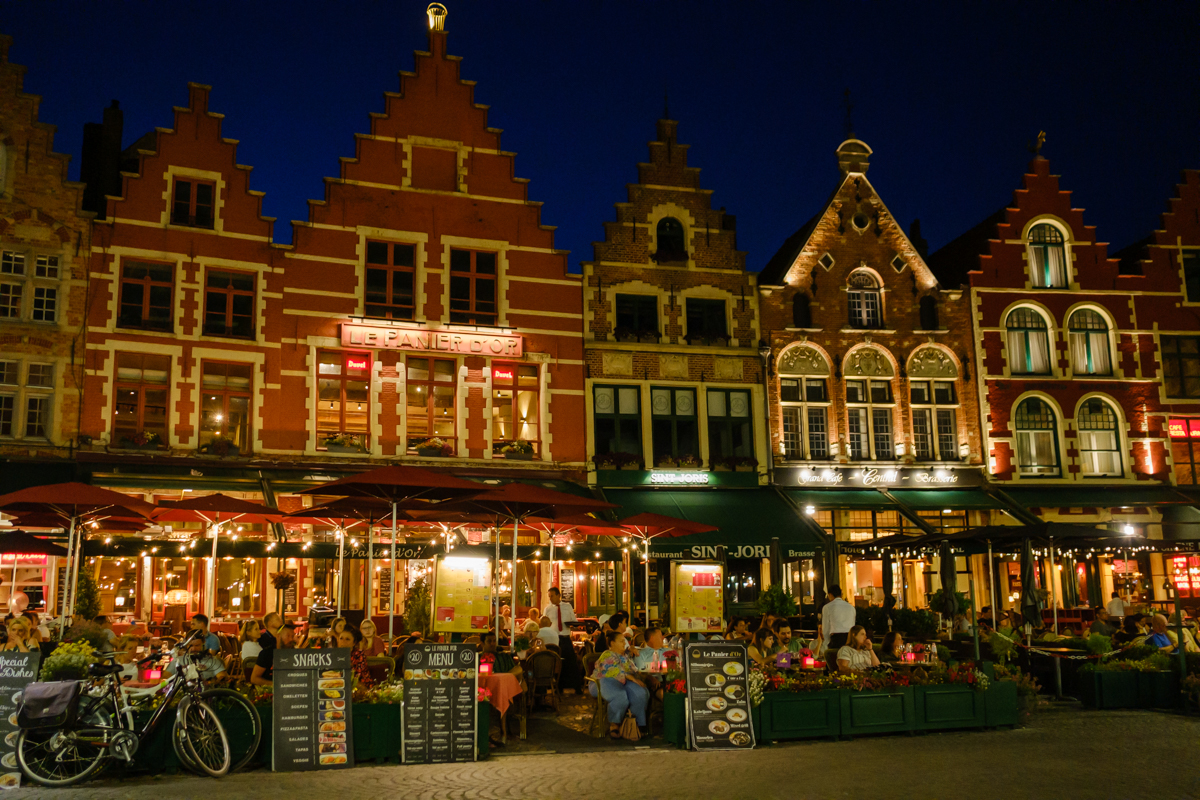
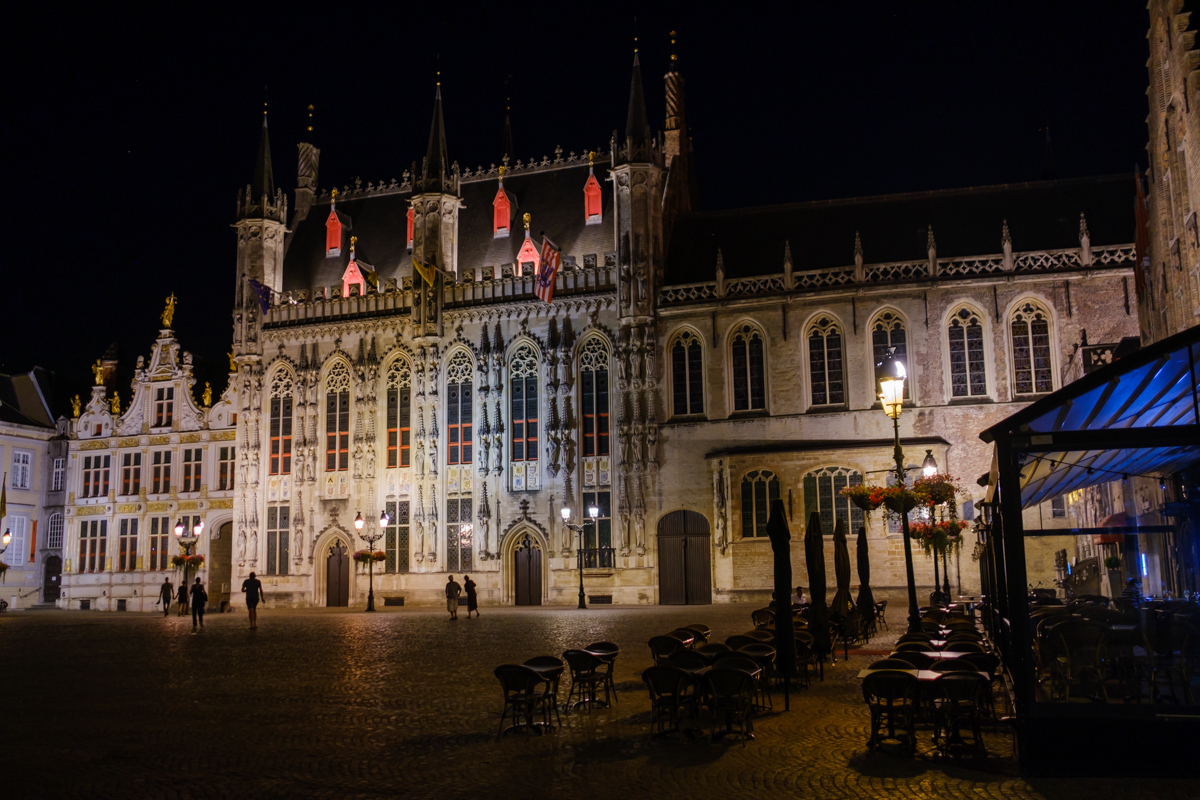
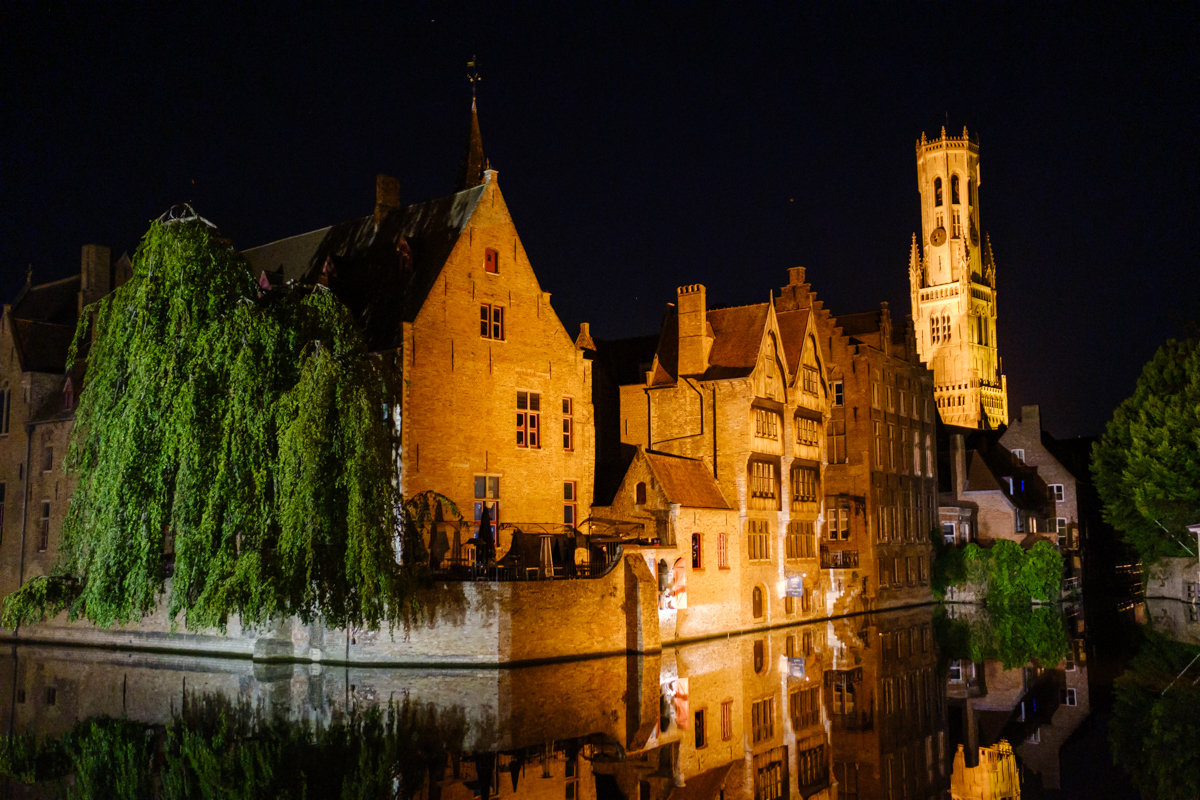
It was still brutally hot the day we left, and there was hardly any shade when we were cycling along the coast. We crossed into the Netherlands shortly after leaving Bruges and then continued along the islands of the Dutch Coast.
The Netherlands
We had been looking forward to experiencing the cycling routes in the Netherlands, and they did not disappoint. We were on dedicated cycling paths about 95% of the time, and if we briefly had to get onto a road, there were hardly any cars. Additionally, cars pretty much always have to yield to bikes and pedestrians, so you feel much more at ease taking up space. It’s amazing how much more confident you feel as a cyclist when your right-of-way is elevated and you’re respected on the road.
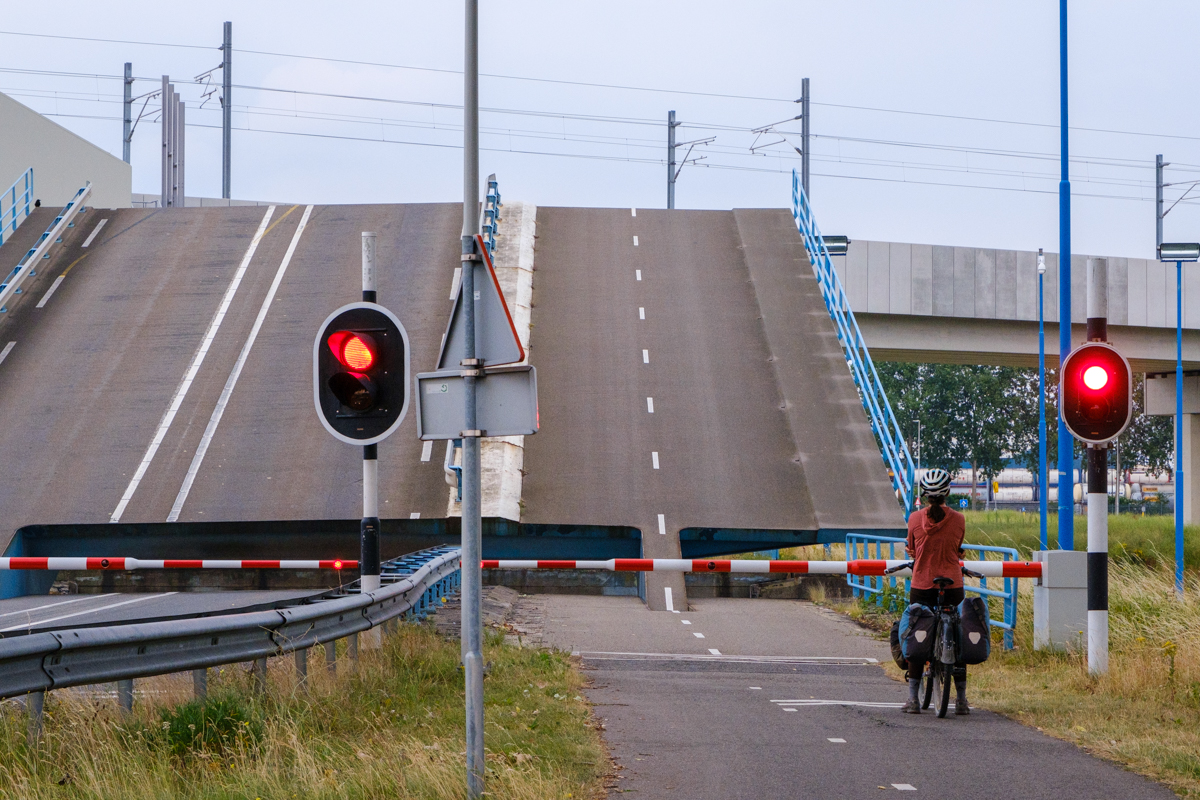
Flood Protection in the Low Countries
The Netherlands is full of impressive engineering projects that protect the country from flooding and rising sea levels. Roughly half the population and half the land area are below sea level, so keeping the ocean at bay is a massive undertaking. The EV12 often paralleled the sea walls, so we got to see much of this infrastructure up close.
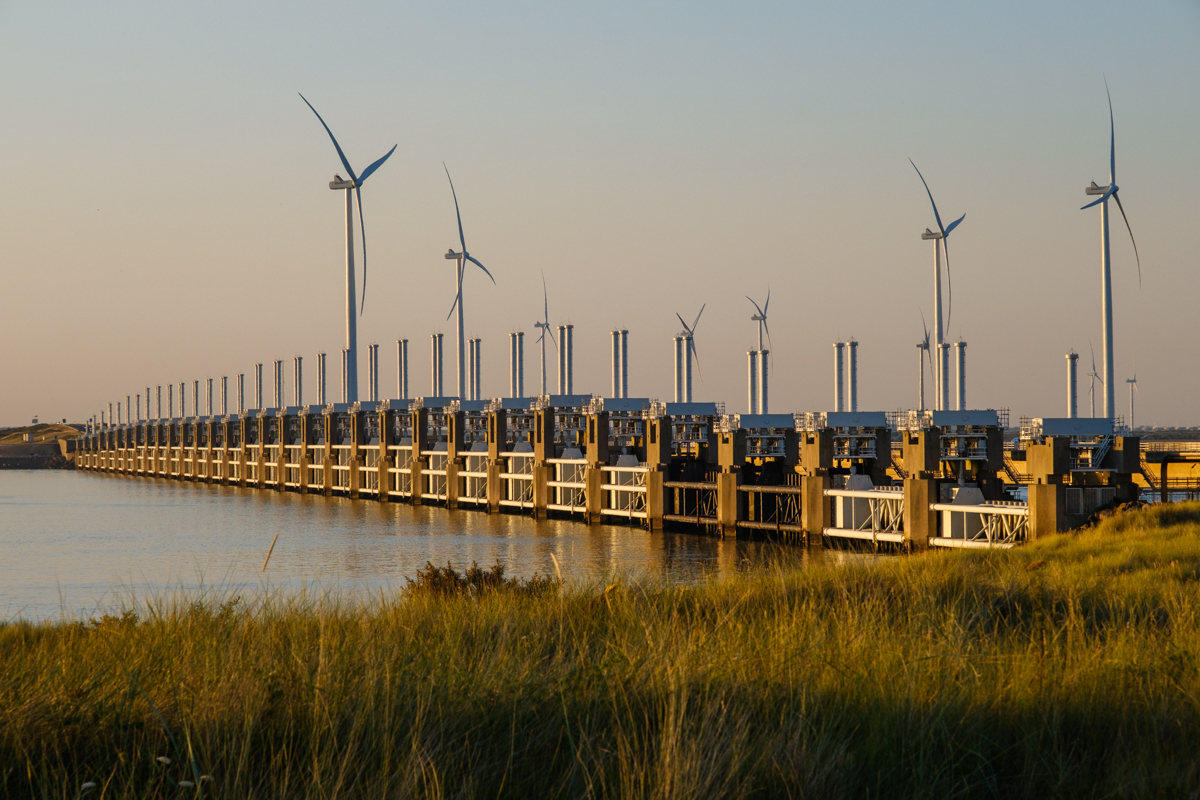
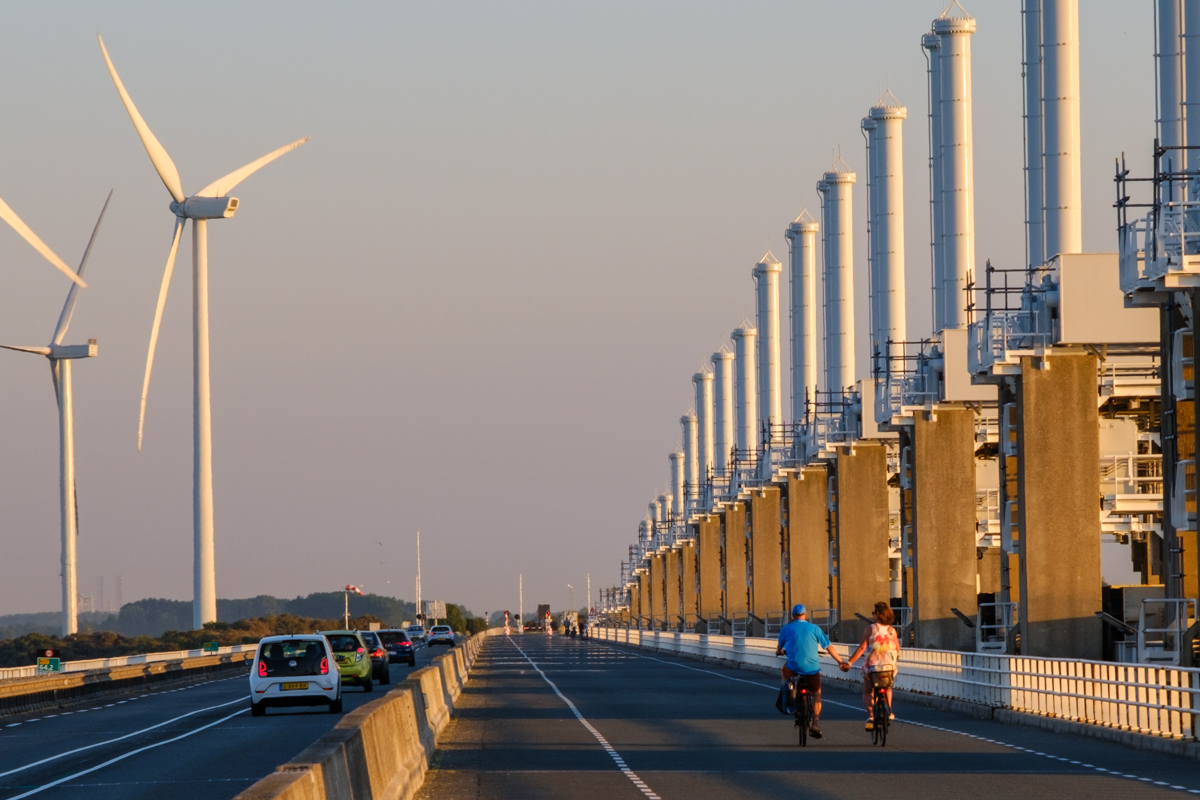
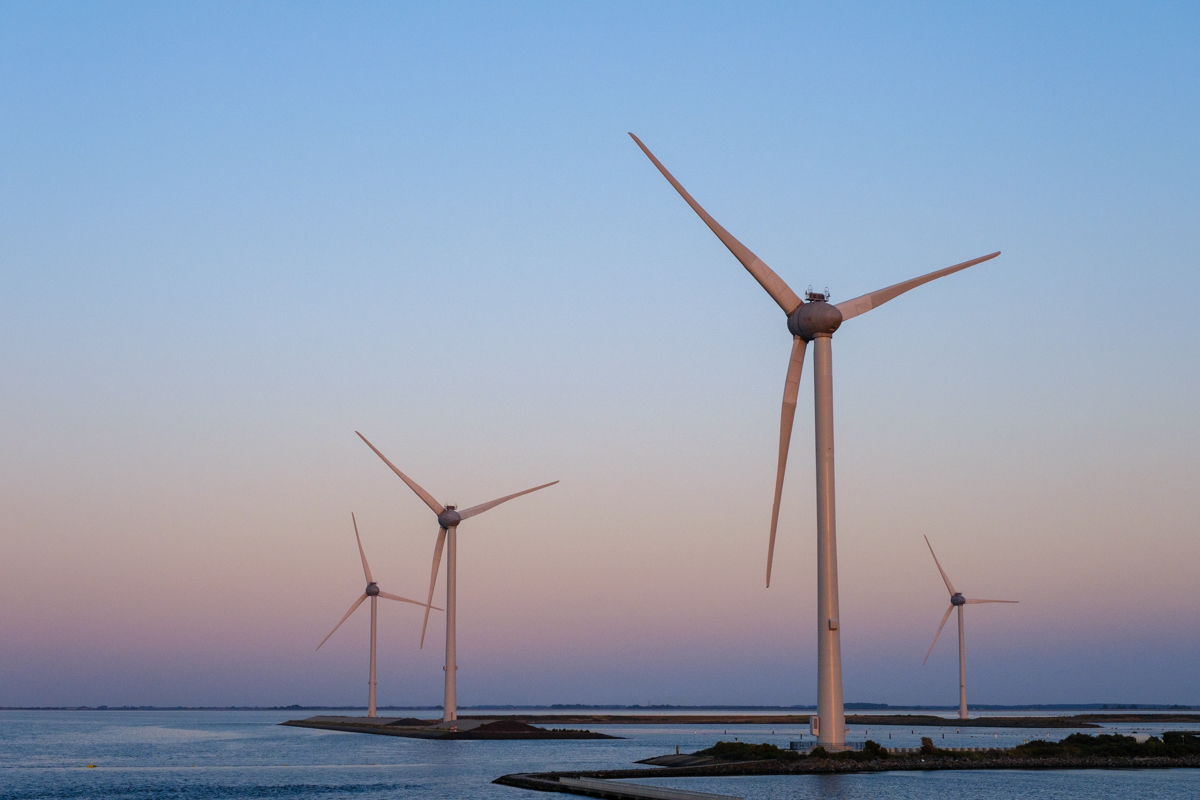
Beach Dunes and Forests
While there isn’t a ton of nature in the Netherlands, the natural areas that do exist are well protected and easy to access. Peaceful sand dunes and quiet forests along the beach have bike paths winding through them, and they are well used and appreciated.
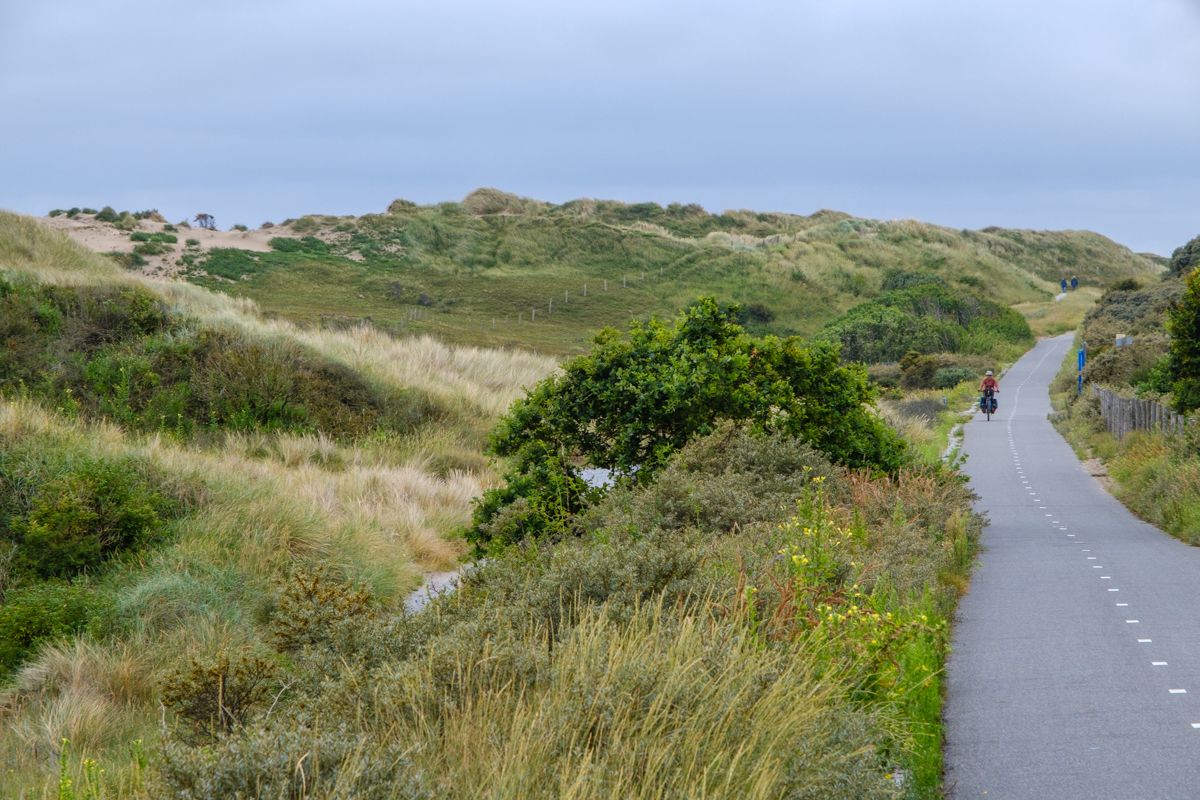
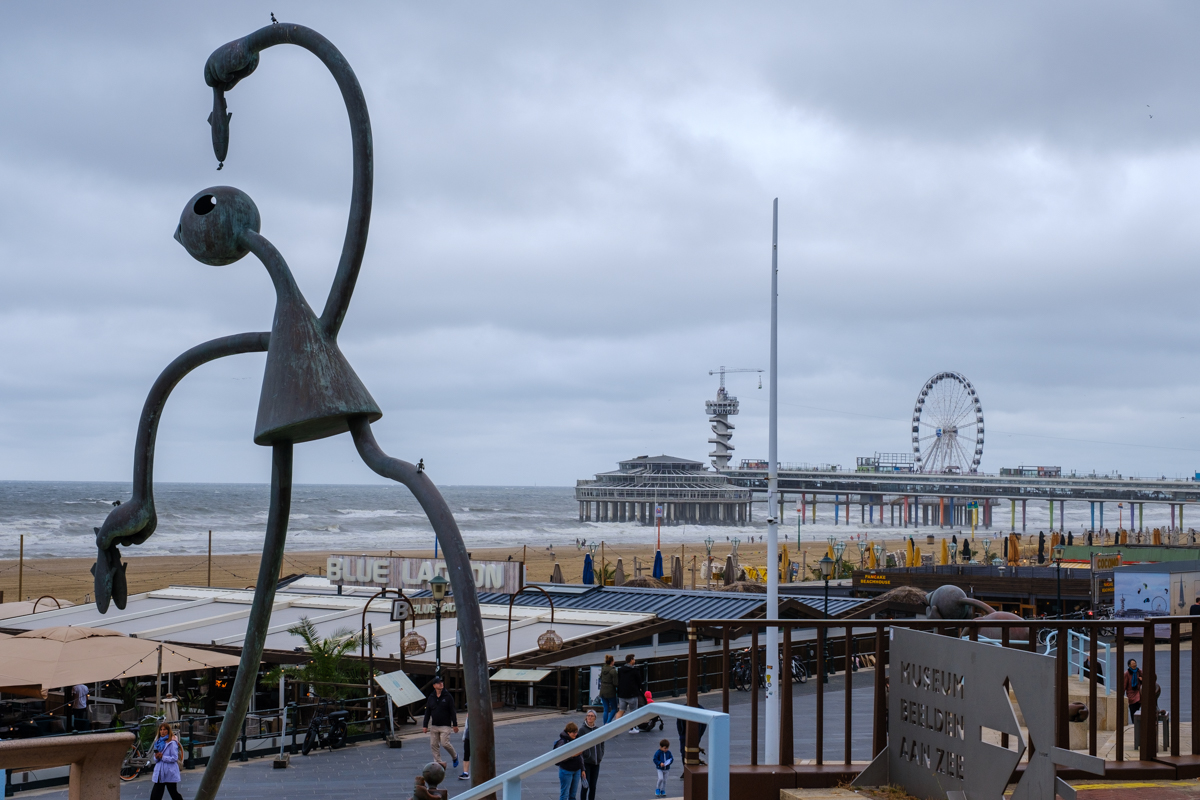
The Netherlands is the first place where we started seeing a lot of cargo bikes. People would load them up with beach chairs, coolers, children, and anything else they’d need for a day at the beach. There was plenty of bike parking at the beach access points, and in general it seemed like getting around by car would be more of a headache than getting around by bike.
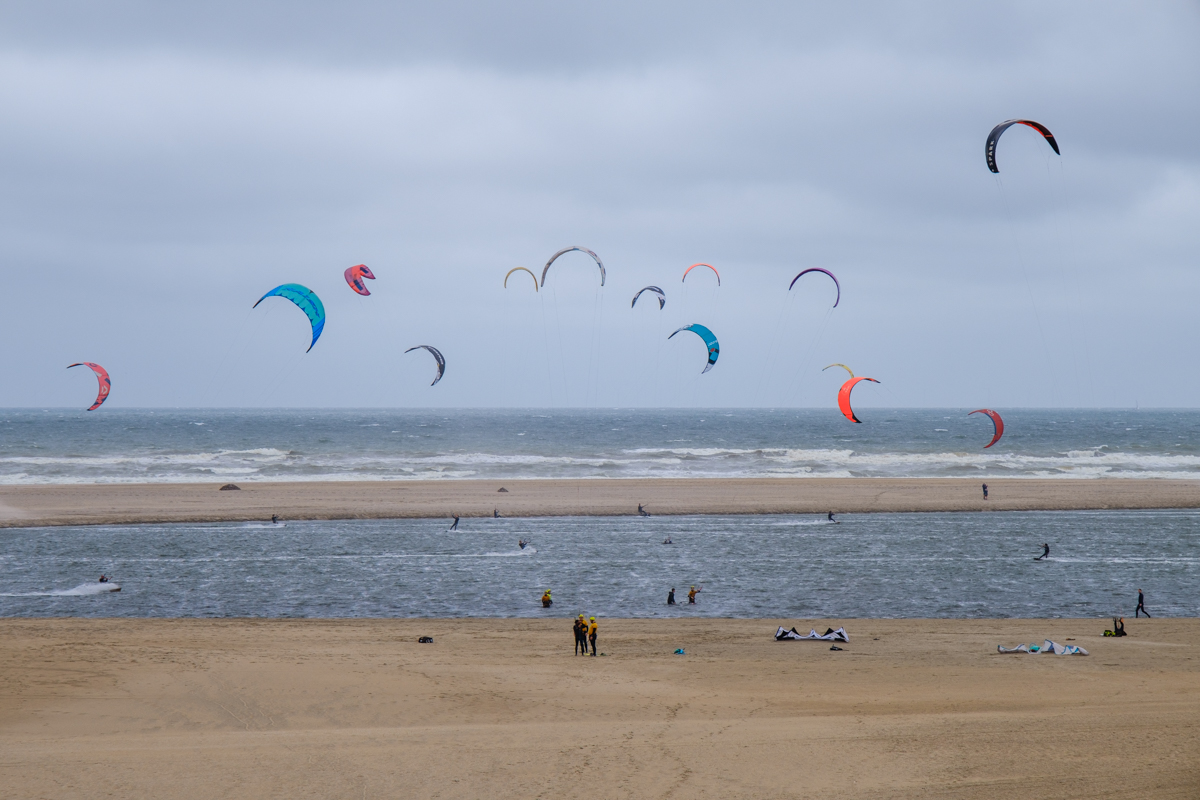
Amsterdam
Amsterdam is a famously cycle-friendly city, and it was indeed impressive to see a European capital with so few cars. The flip side of this is that you need to be ready to deal with bike traffic instead of car traffic! There were so many bikes on the road, and lots of visitors rent bicycles to get around the city, so there was a somewhat challenging mix of slow moving tourists and fast-paced locals. While it was a little chaotic in the busy tourist areas, it was inspiring to see a city that was so focused on cycling infrastructure.
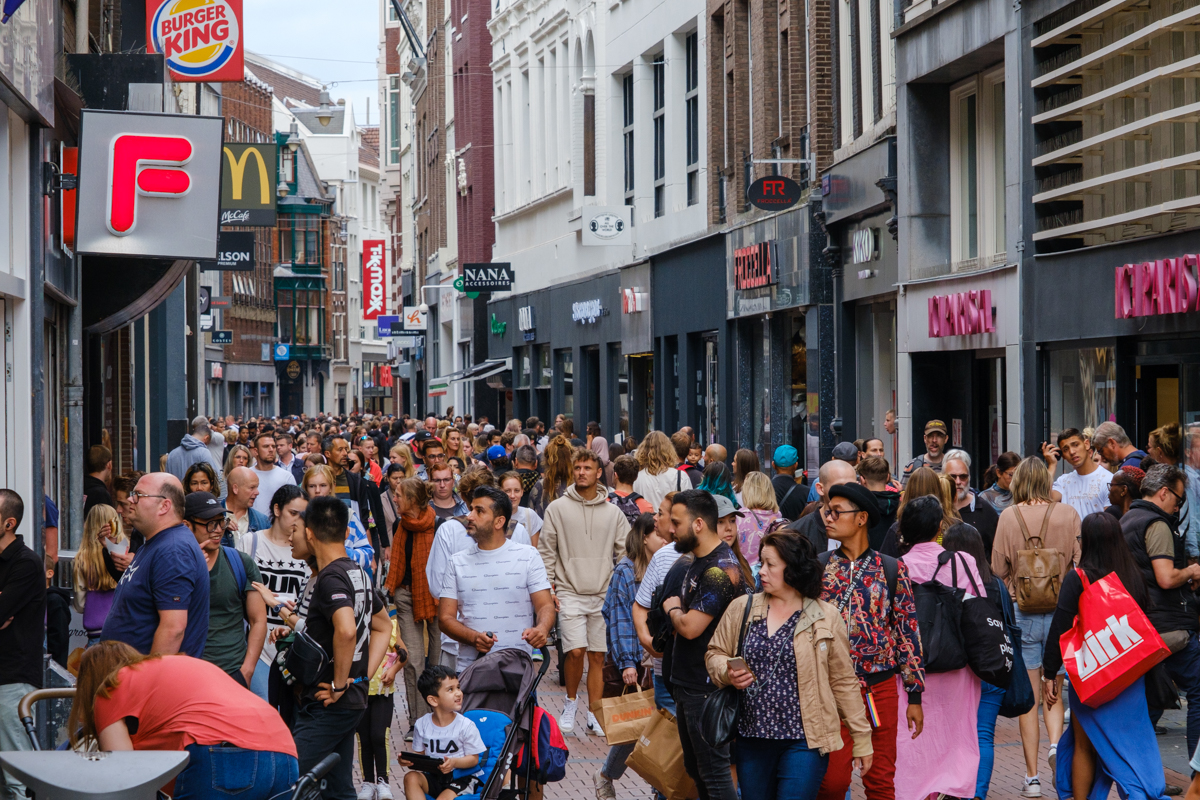
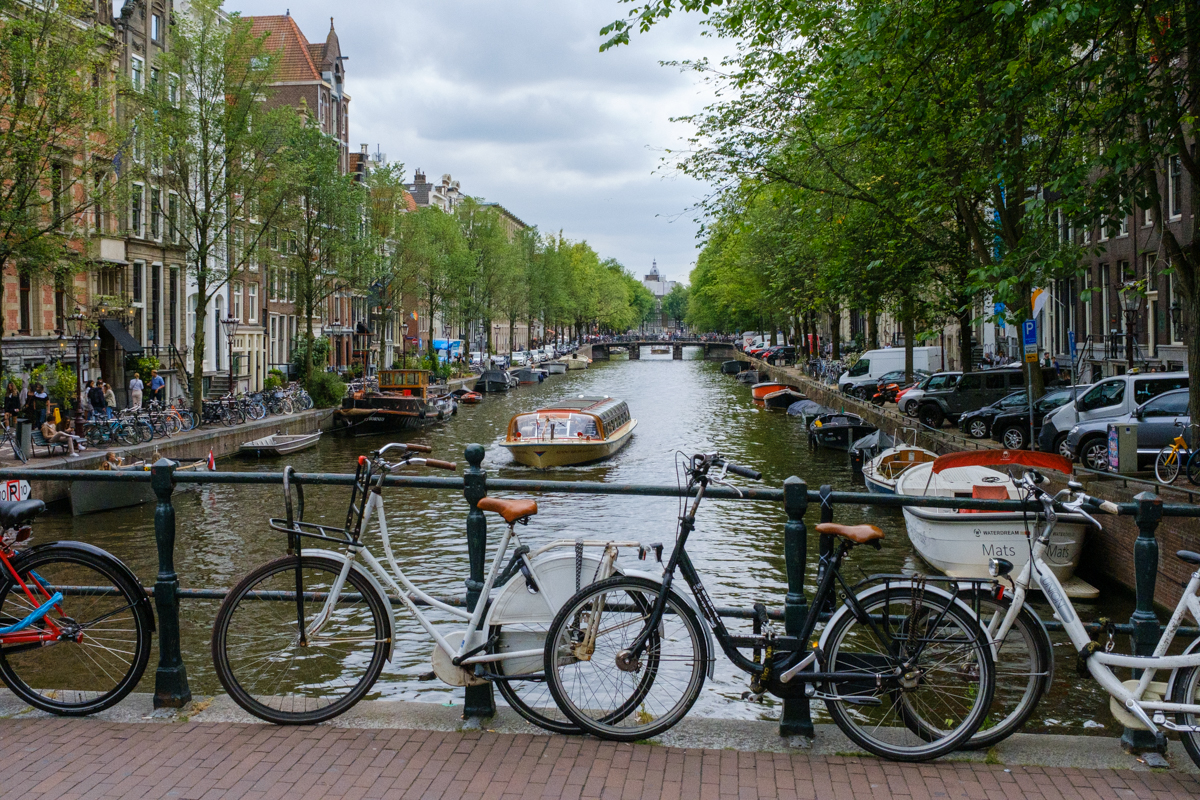
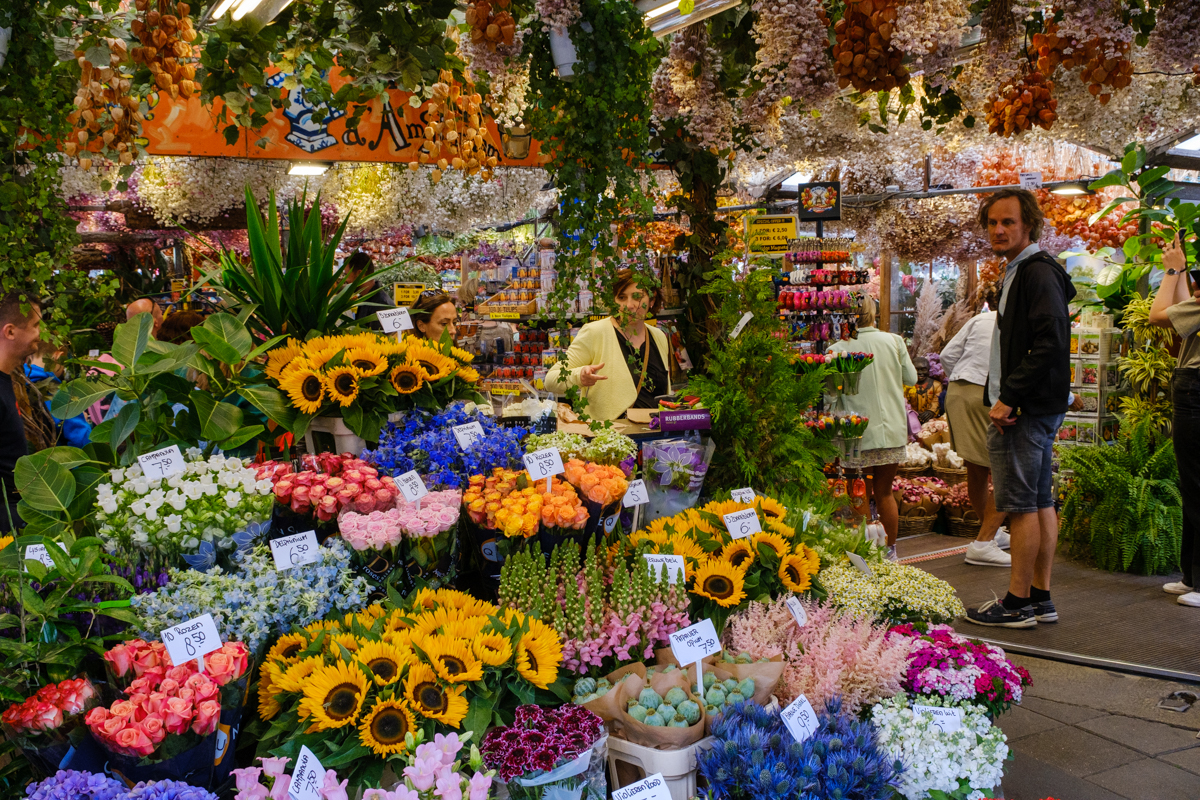
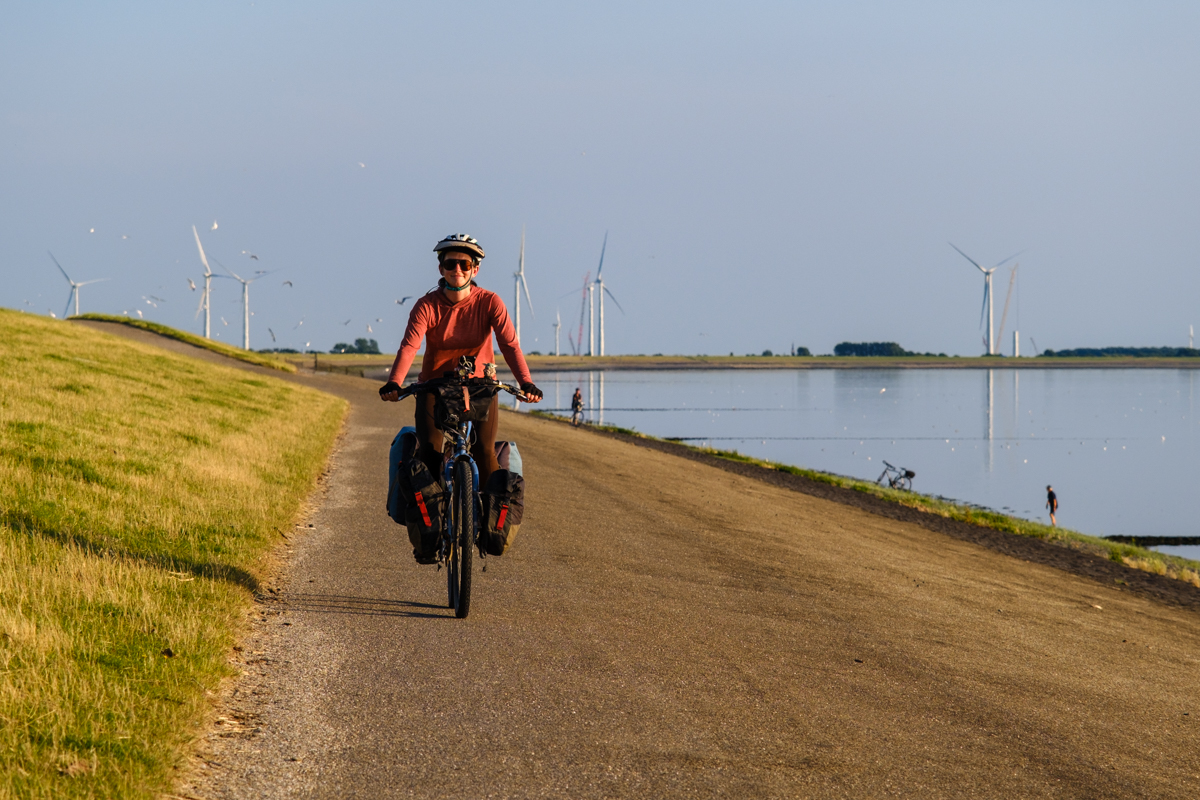
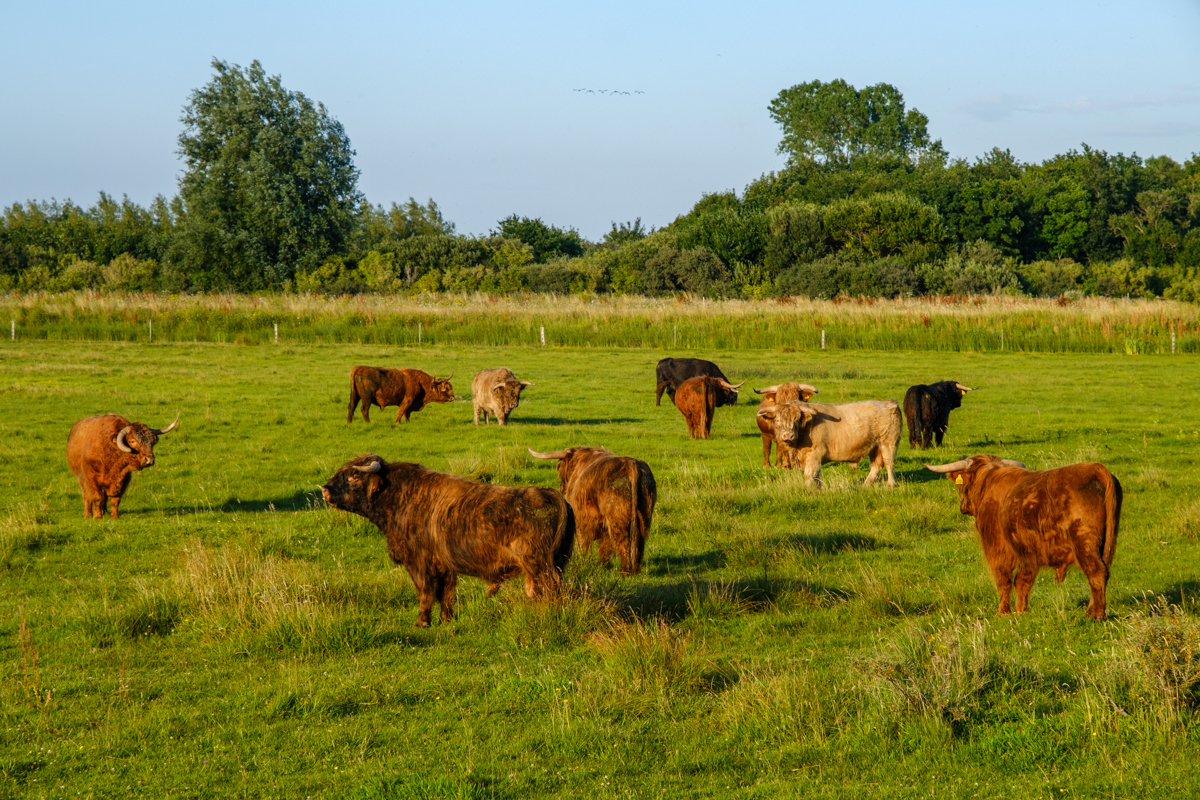
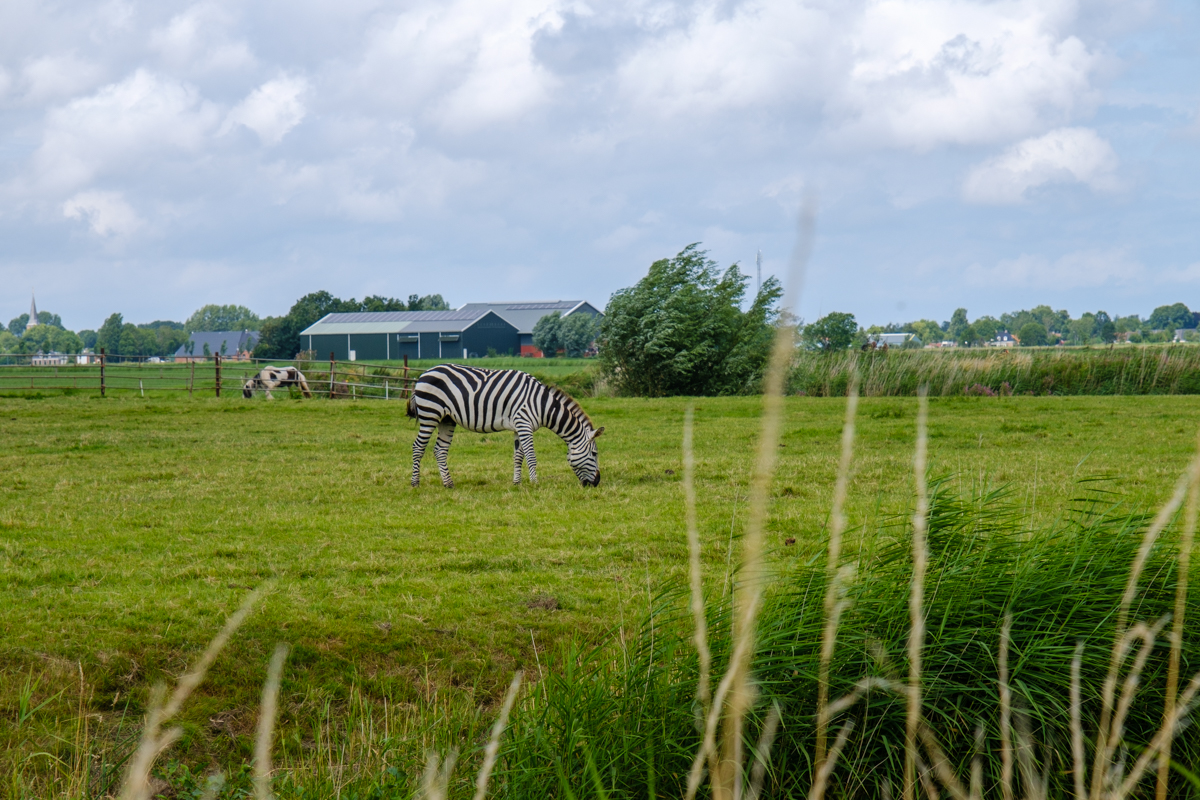
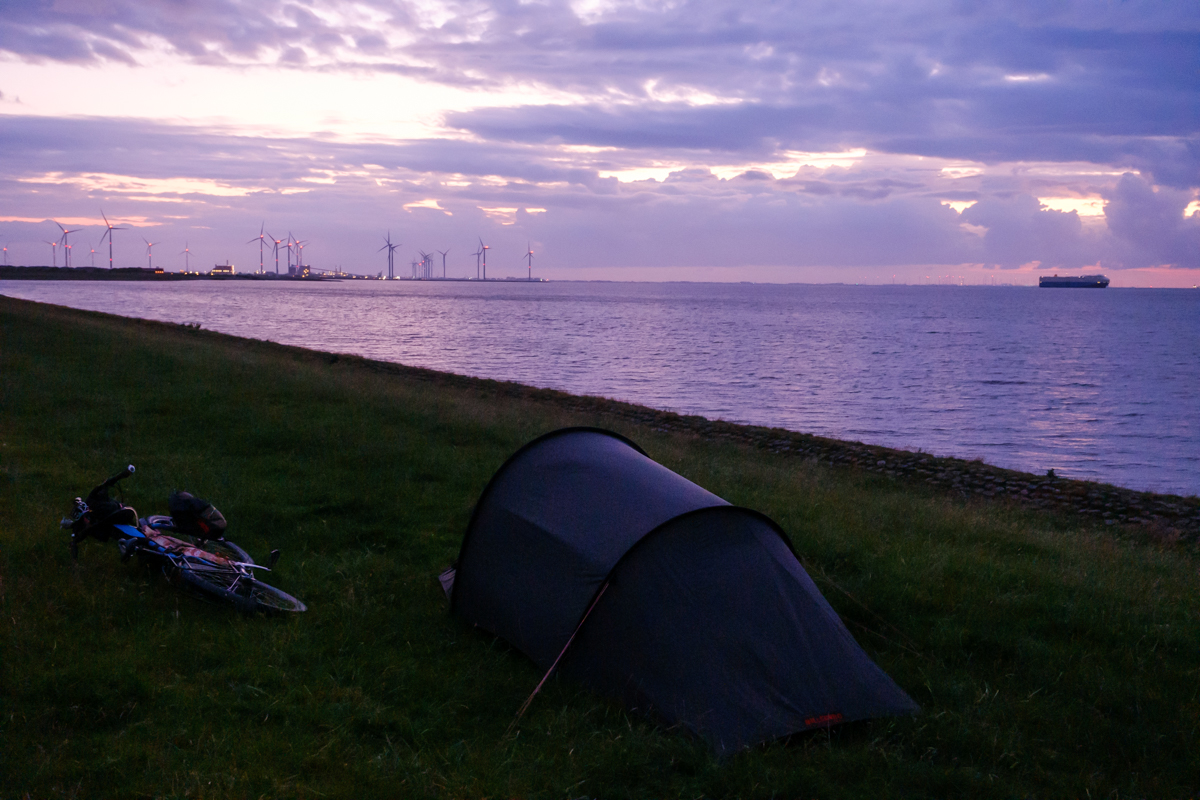
Northern Germany
Our route through Northern Germany got a little bit monotonous at times – it largely consisted of endless farmland. The bike route was still good quality, though there were fewer dedicated cycle paths compared to the Netherlands. The highlight of our time in Germany was riding through Lübeck, which was dubbed “Queen of the Hanseatic League” in the 14th century due to its importance as a trade and travel port on the Baltic Sea. The city has many gorgeous Brick Gothic buildings from the middle ages, and its city center is Germany’s most extensive UNESCO World Heritage Site.
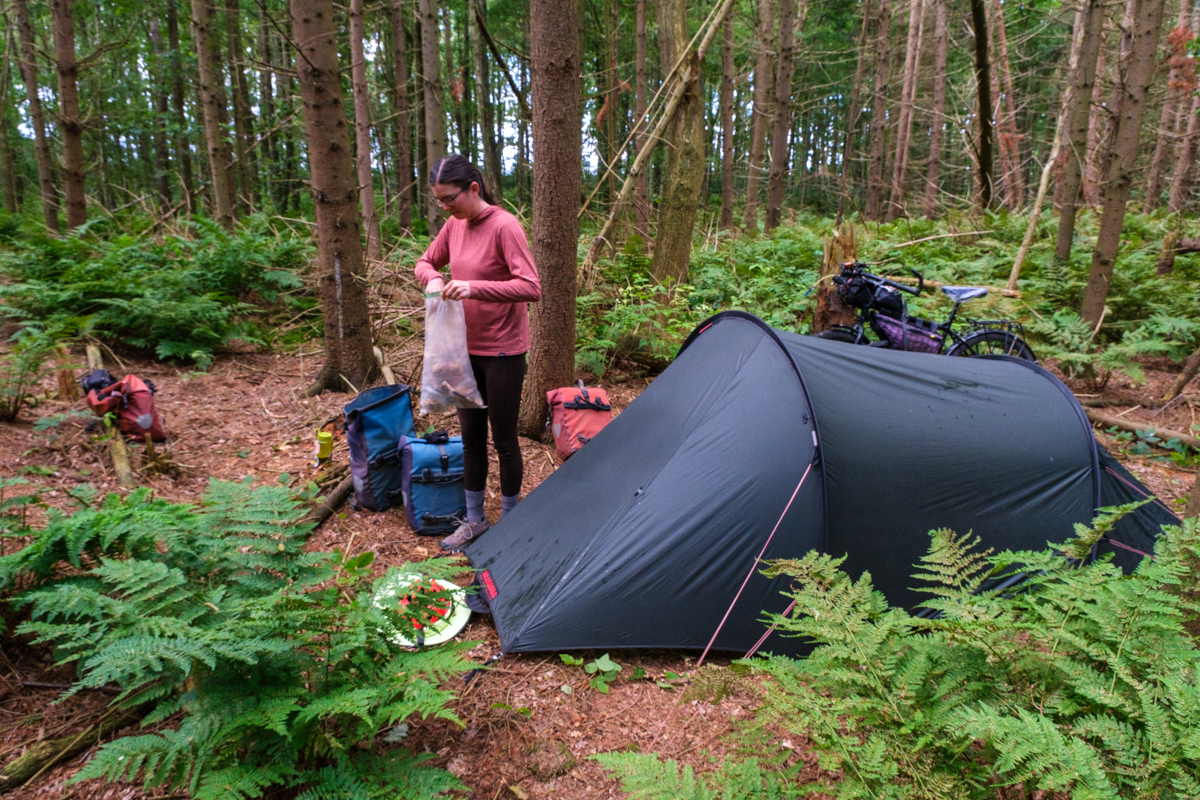
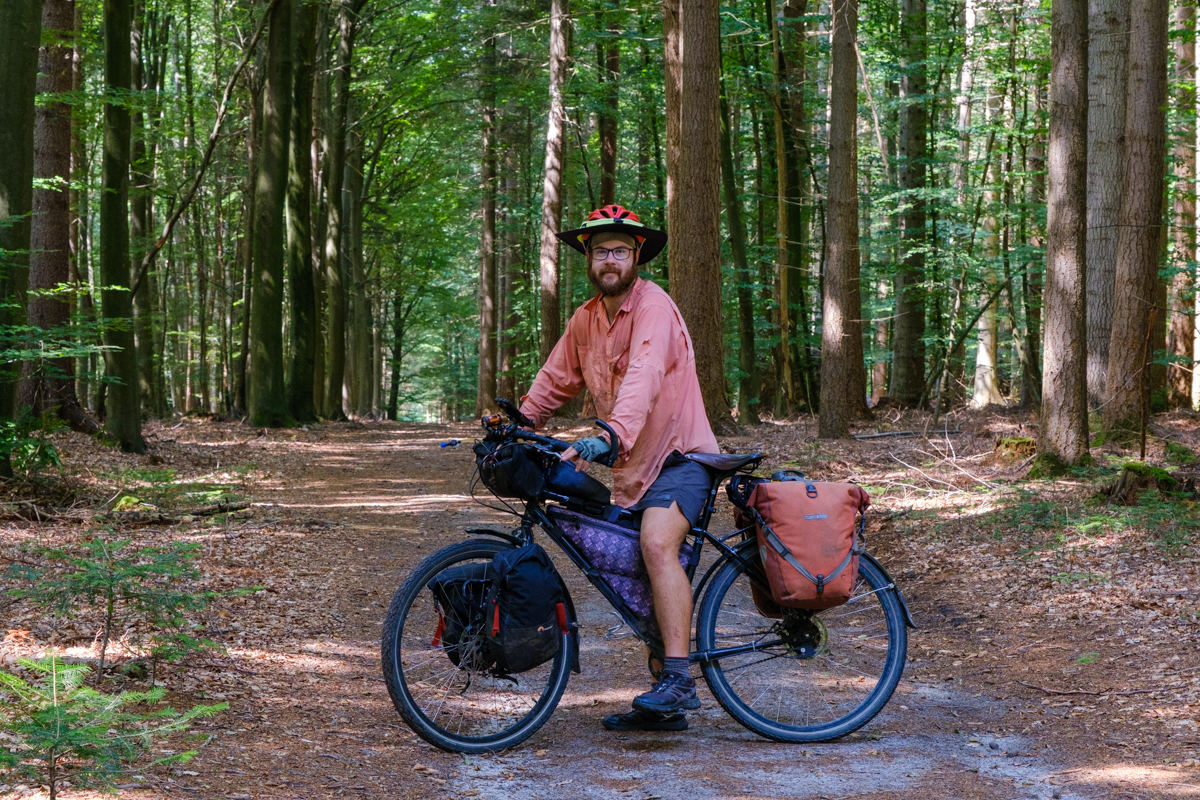
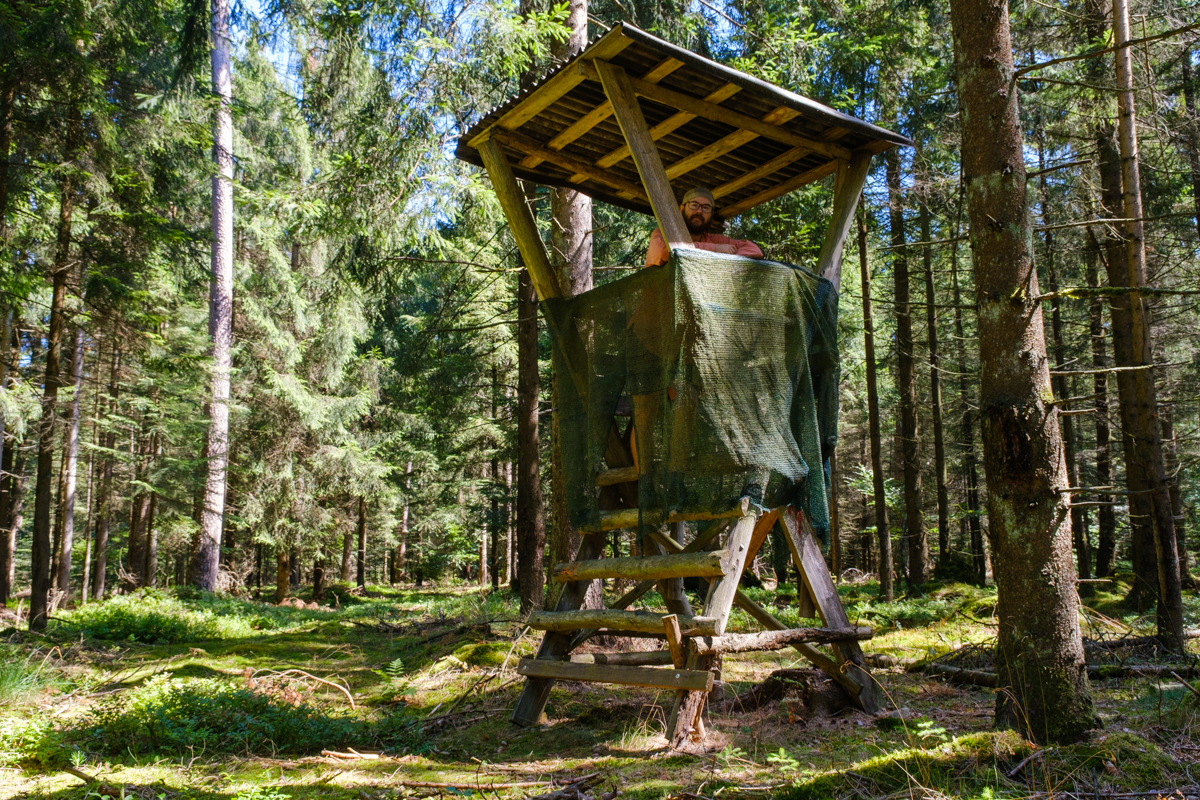
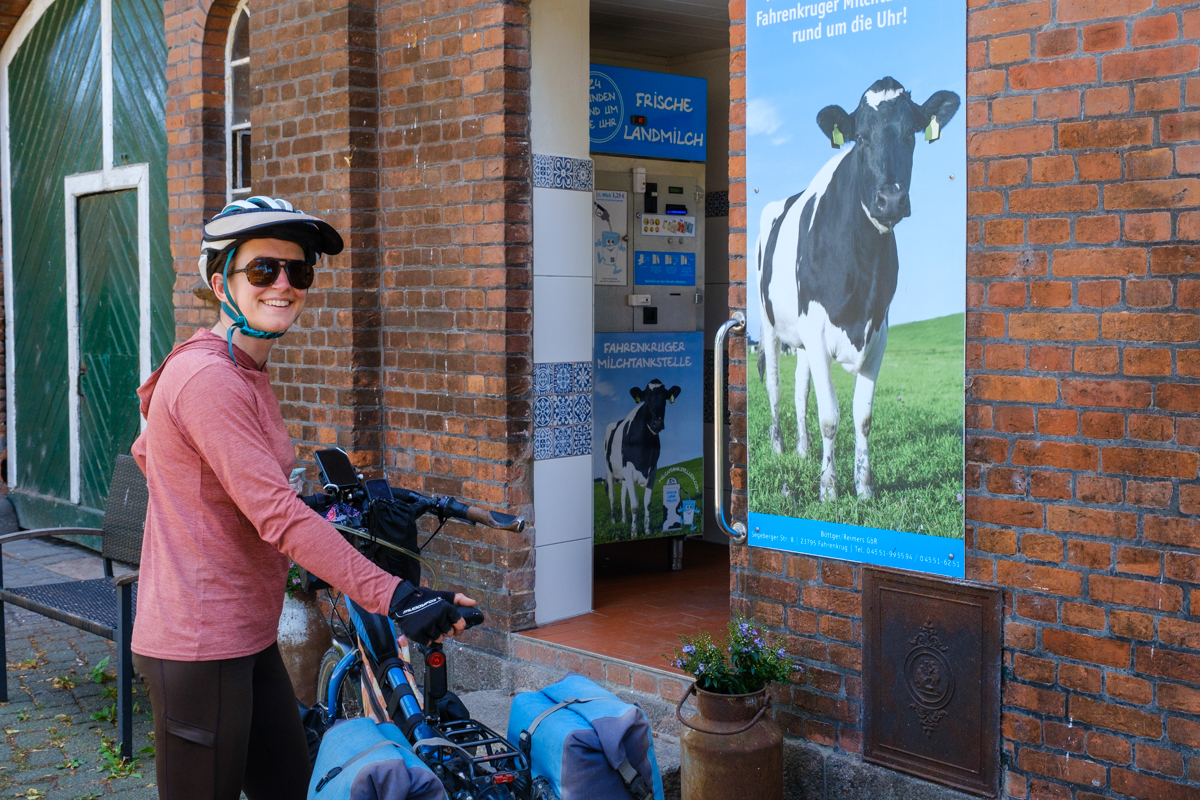
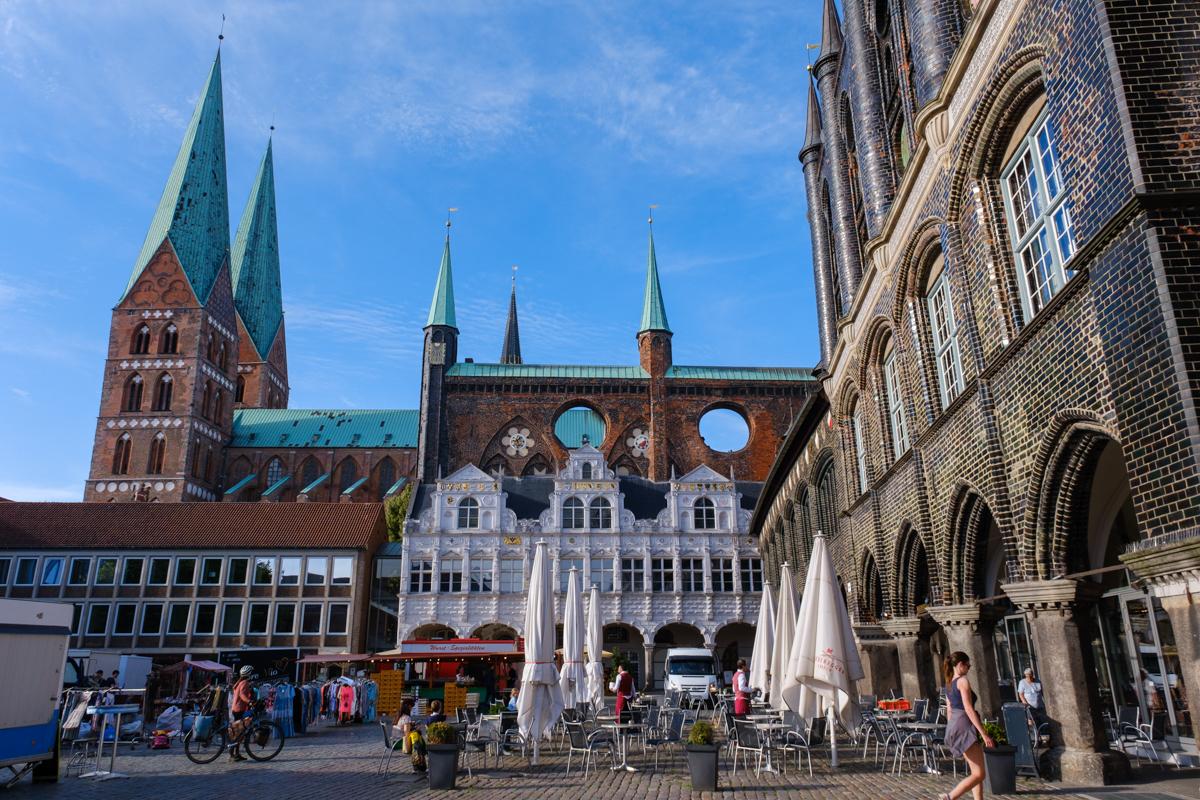
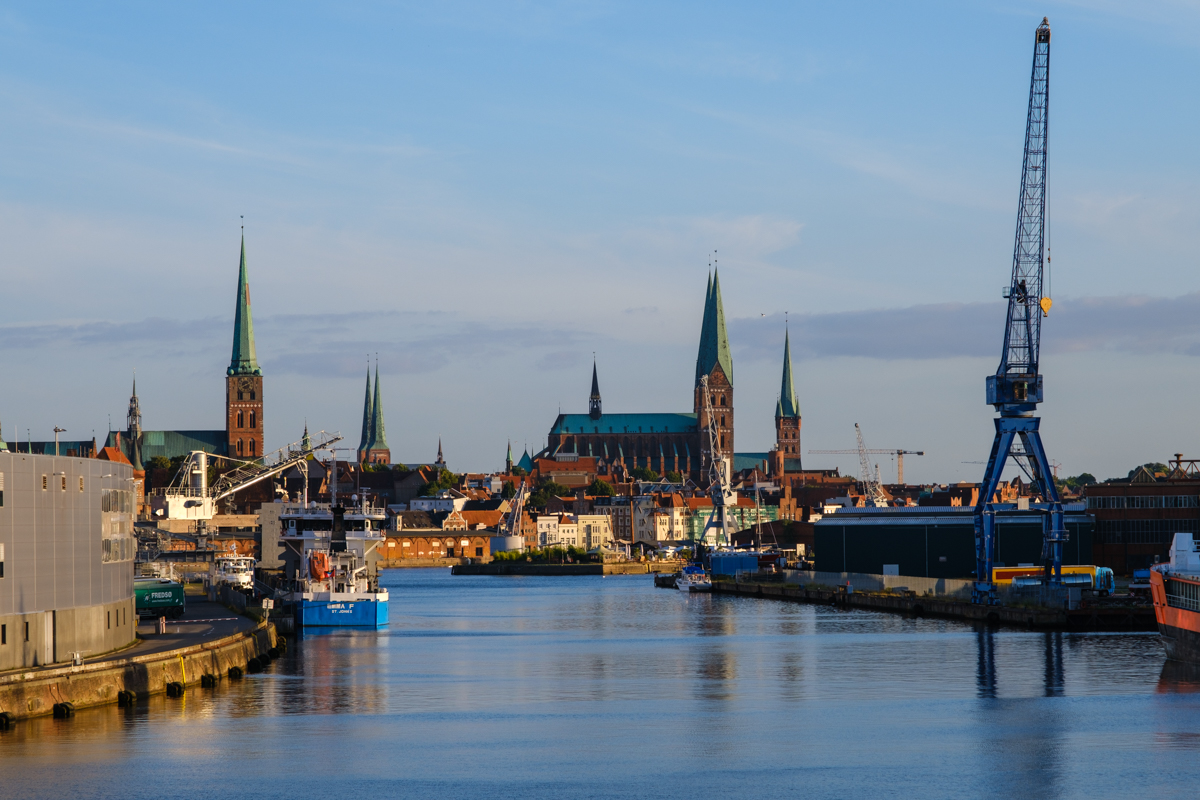
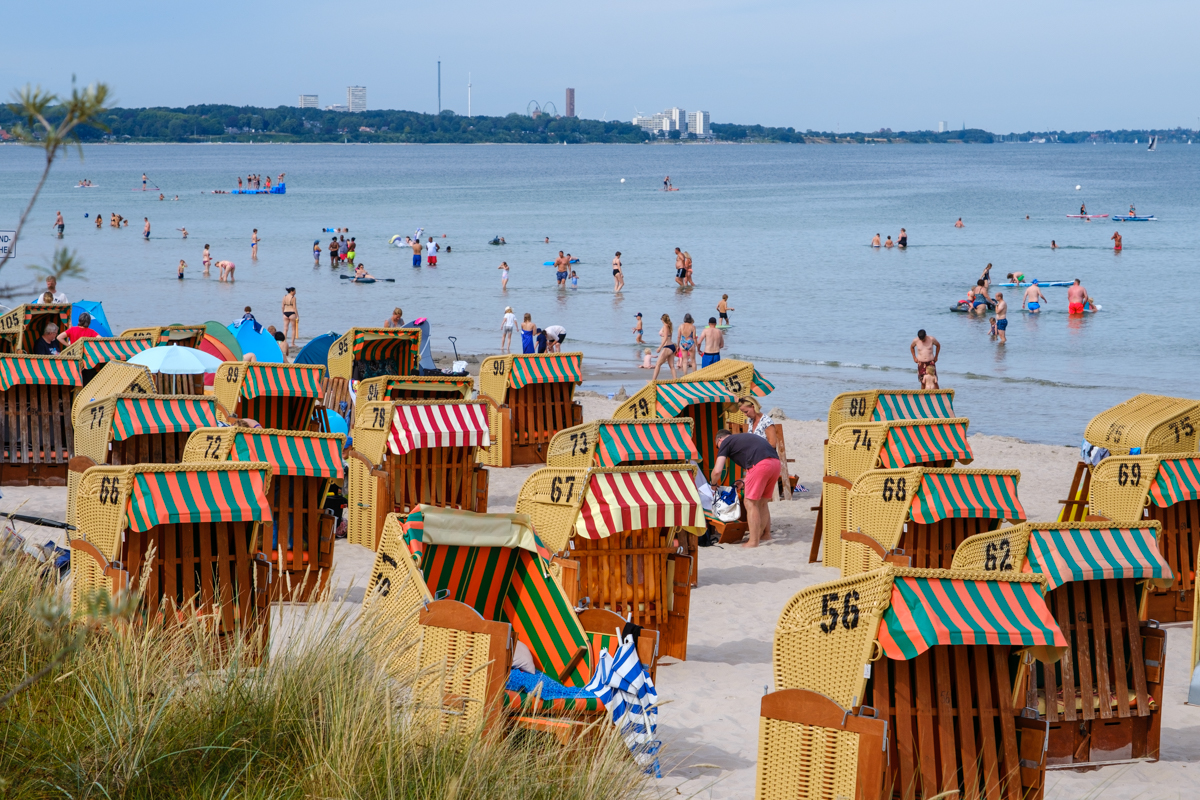

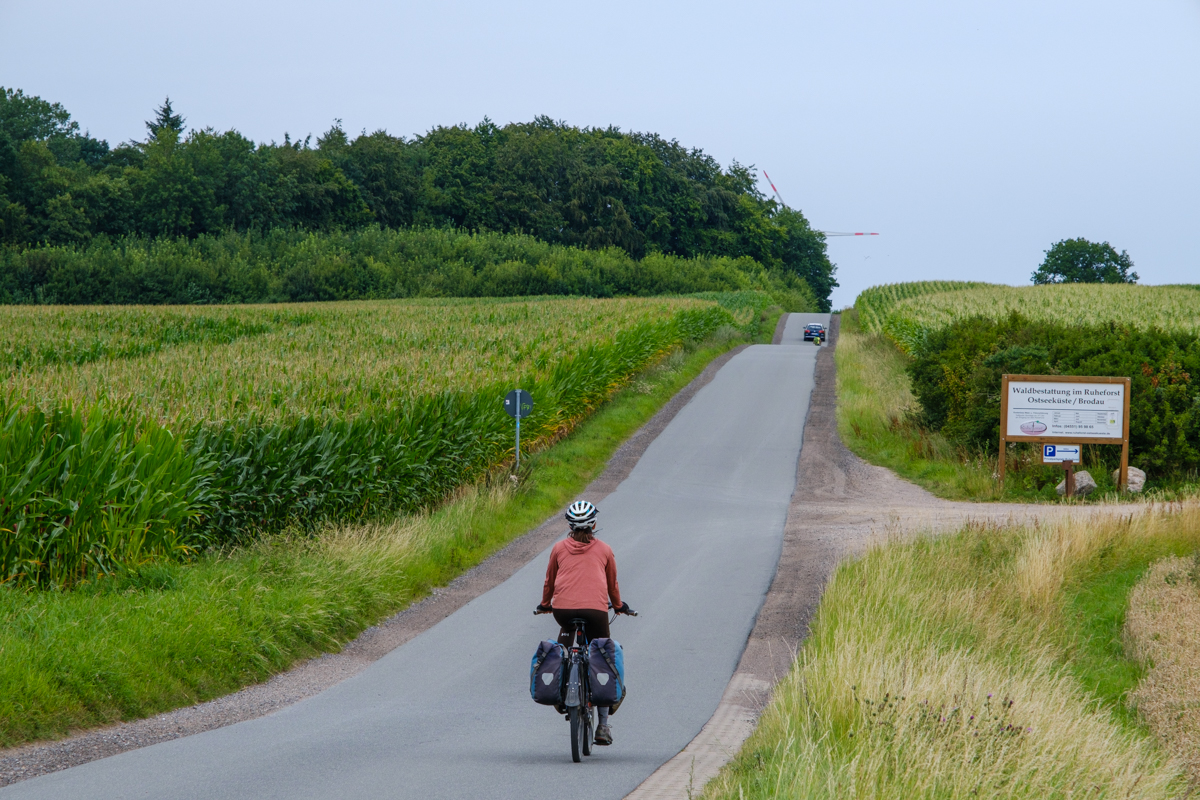
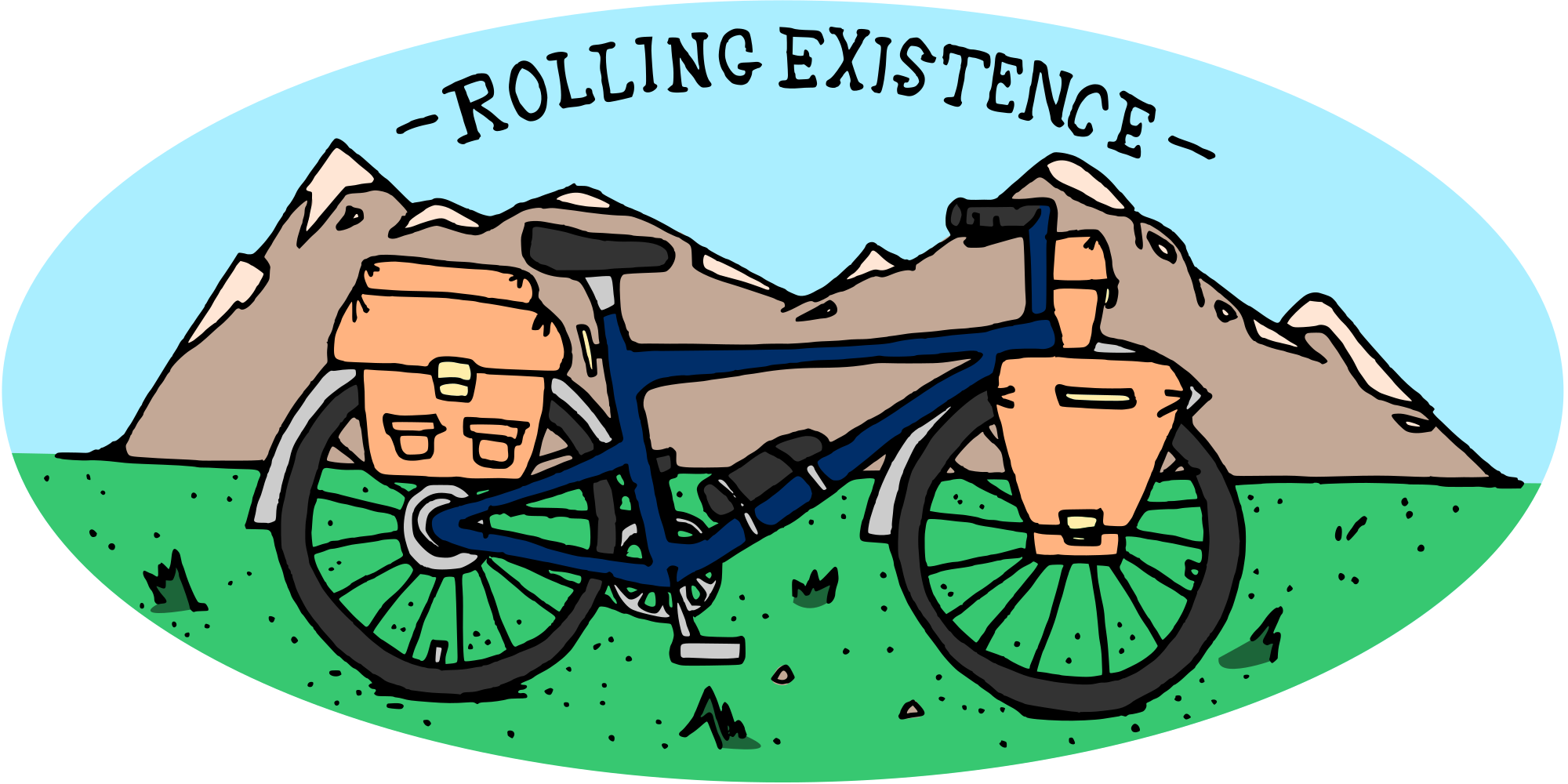

Pingback: The 15 Most Beautiful Areas To Bike In Europe